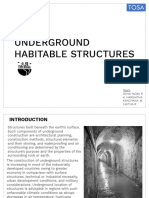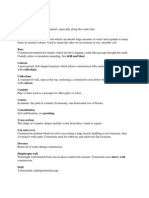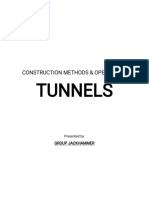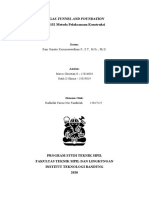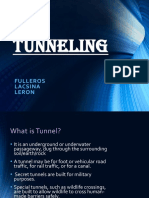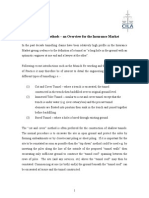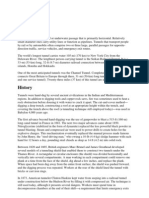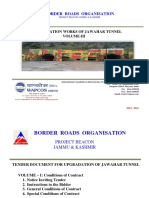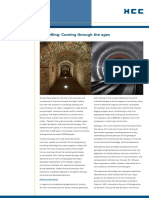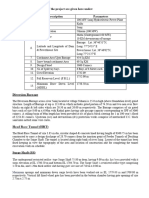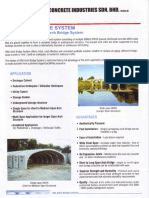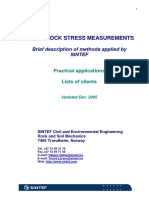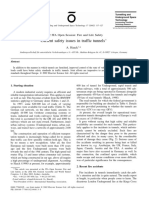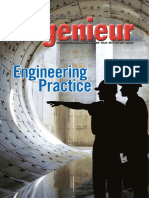0% found this document useful (0 votes)
43 views7 pagesMethod
The document discusses various tunnel construction methods, including cut and cover, boring, drill and blast, sequential excavation, pipe jacking, and box jacking. It highlights the importance of factors such as ground conditions, excavation techniques, and concrete lining for durability and stability. Additionally, it covers essential aspects like ventilation and drainage systems necessary for tunnel functionality.
Uploaded by
mohamedkaramacCopyright
© © All Rights Reserved
We take content rights seriously. If you suspect this is your content, claim it here.
Available Formats
Download as DOCX, PDF, TXT or read online on Scribd
0% found this document useful (0 votes)
43 views7 pagesMethod
The document discusses various tunnel construction methods, including cut and cover, boring, drill and blast, sequential excavation, pipe jacking, and box jacking. It highlights the importance of factors such as ground conditions, excavation techniques, and concrete lining for durability and stability. Additionally, it covers essential aspects like ventilation and drainage systems necessary for tunnel functionality.
Uploaded by
mohamedkaramacCopyright
© © All Rights Reserved
We take content rights seriously. If you suspect this is your content, claim it here.
Available Formats
Download as DOCX, PDF, TXT or read online on Scribd
/ 7










